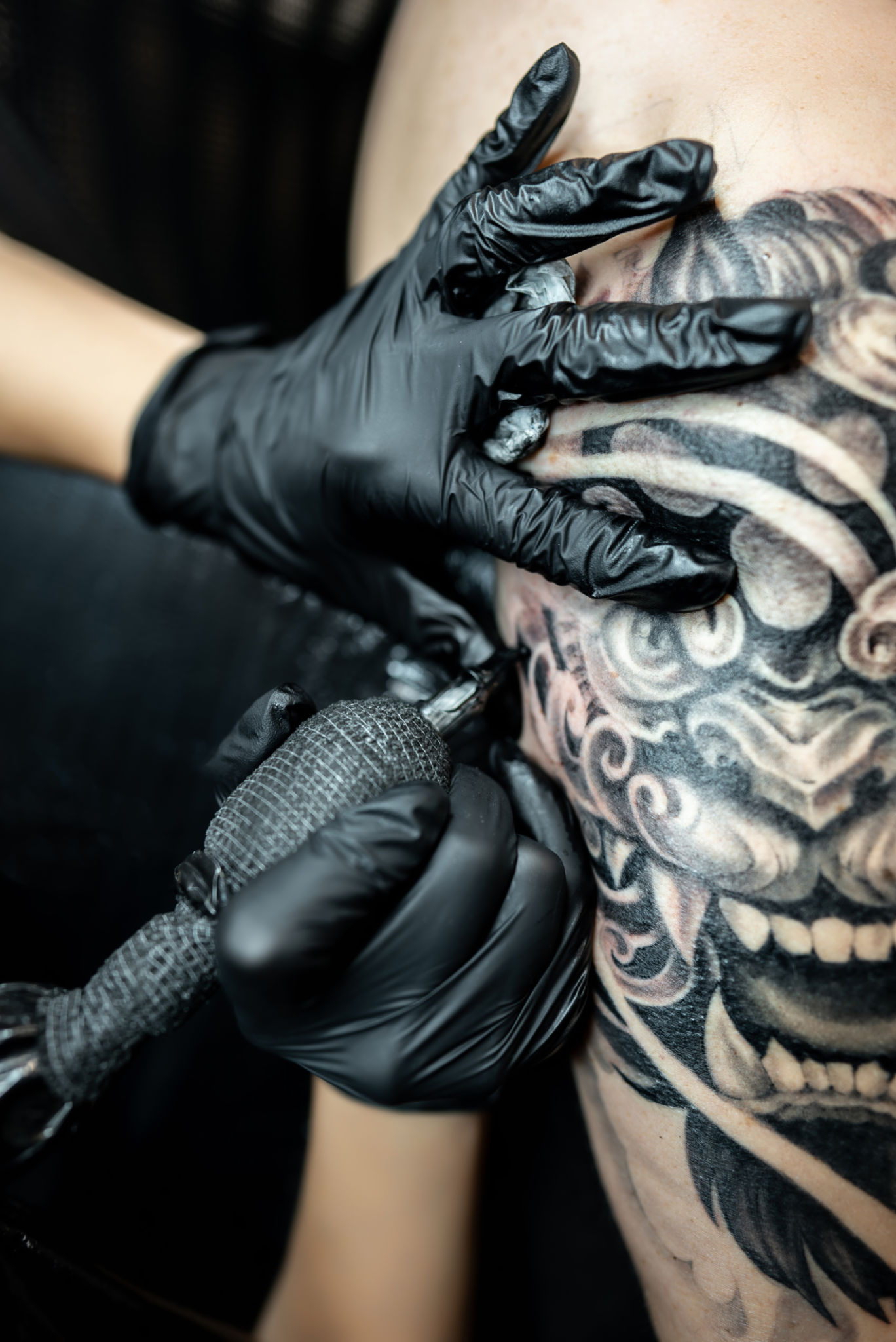The Art of Japanese Tattoos: Exploring Traditional and Modern Styles
Understanding the Rich History of Japanese Tattoos
Japanese tattoos, known as "Irezumi," boast a rich and storied history that dates back centuries. These tattoos are not merely decorative; they carry deep cultural significance and symbolism. Traditionally, they were used to convey social status, personal beliefs, and even spiritual protection. The intricate designs often feature motifs such as koi fish, dragons, and cherry blossoms, each holding a specific meaning.
The roots of Japanese tattooing can be traced back to the Jomon period, with evidence of tattoo-like markings found on clay figurines. However, the art form truly flourished during the Edo period (1603-1868), when it became associated with the vibrant world of ukiyo-e, or "pictures of the floating world." During this time, tattoos were popular among firefighters, laborers, and even criminals.

The Symbolism Behind Traditional Japanese Tattoos
Traditional Japanese tattoos are renowned for their symbolism and attention to detail. Each element within a tattoo design holds a unique meaning, often reflecting the wearer's personal journey or aspirations. For example, dragons represent strength and wisdom, while koi fish symbolize perseverance and determination. Cherry blossoms are emblematic of the fleeting nature of life, reminding individuals to appreciate each moment.
Another popular motif is the tiger, which is associated with protection and courage. These elements are often combined within a single tattoo to create a narrative that speaks to the individual's life experiences and beliefs. The use of bold lines and vibrant colors further enhances the visual impact of these traditional designs.
Modern Interpretations and Techniques
In recent years, there has been a surge in interest in modern Japanese tattoo styles. While traditional designs remain popular, contemporary artists are experimenting with new techniques and motifs. This fusion of old and new has resulted in a diverse range of styles that appeal to a broader audience.
One notable trend is the incorporation of Western tattoo techniques, such as realism and watercolor effects. Artists are also exploring non-traditional themes, such as pop culture references and abstract designs. Despite these innovations, many modern tattoos still honor the core principles of traditional Japanese tattooing by maintaining a strong emphasis on storytelling and symbolism.

The Cultural Significance and Perception
Despite their beauty and cultural significance, Japanese tattoos have historically been stigmatized within Japan. This is largely due to their association with the yakuza, or Japanese organized crime syndicates. As a result, tattoos have often been viewed with suspicion and are sometimes banned in certain public places like baths and gyms.
However, attitudes towards tattoos are gradually changing. Younger generations in Japan are increasingly embracing body art as a form of self-expression, and there is growing appreciation for the artistry involved in tattoo creation. This shift in perception is helping to preserve the rich traditions of Japanese tattooing while opening new avenues for artistic exploration.
The Process of Getting a Japanese Tattoo
For those interested in obtaining a Japanese tattoo, it's important to understand the process involved. Traditional tattoos are typically created using the hand-poked method known as "tebori." This labor-intensive technique involves using wooden handles fitted with needles to insert ink into the skin manually. While tebori is time-consuming, it is revered for its precision and depth of color.
Alternatively, many artists now use electric machines to create Japanese tattoos, allowing for quicker completion without sacrificing quality. Regardless of the method chosen, selecting an experienced artist who specializes in Japanese tattooing is crucial to achieving an authentic and meaningful piece.

Choosing the Right Design for You
Selecting a Japanese tattoo design is a deeply personal decision. It's essential to choose elements that resonate with your own story and values. Consider researching various motifs and their meanings before consulting with an artist to develop a design that reflects your individuality.
Many people opt for large-scale pieces that cover significant portions of their bodies, such as full sleeves or back pieces. However, smaller designs can be equally impactful if they hold significant meaning to the wearer. Collaborating with your chosen artist can help bring your vision to life while respecting traditional practices.
